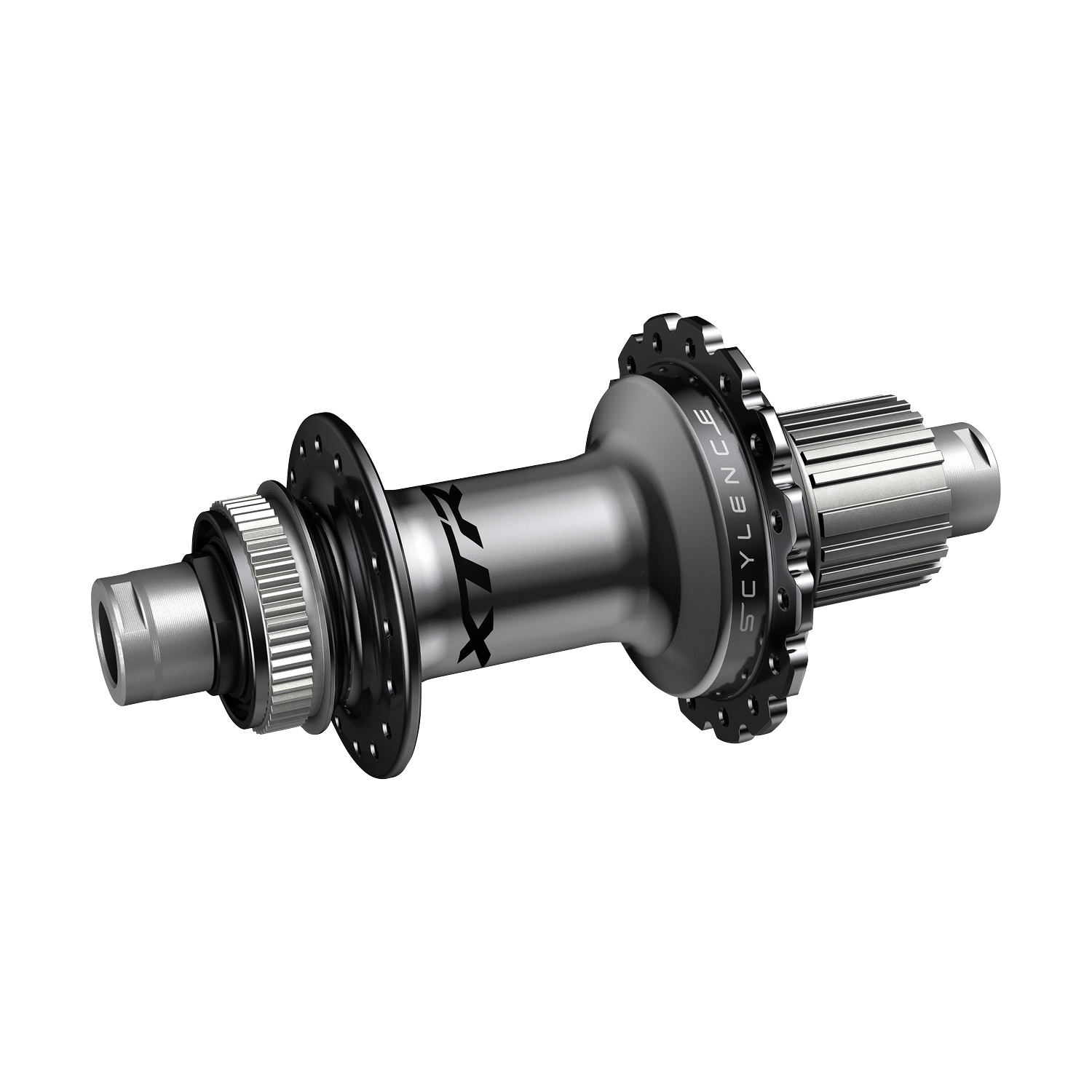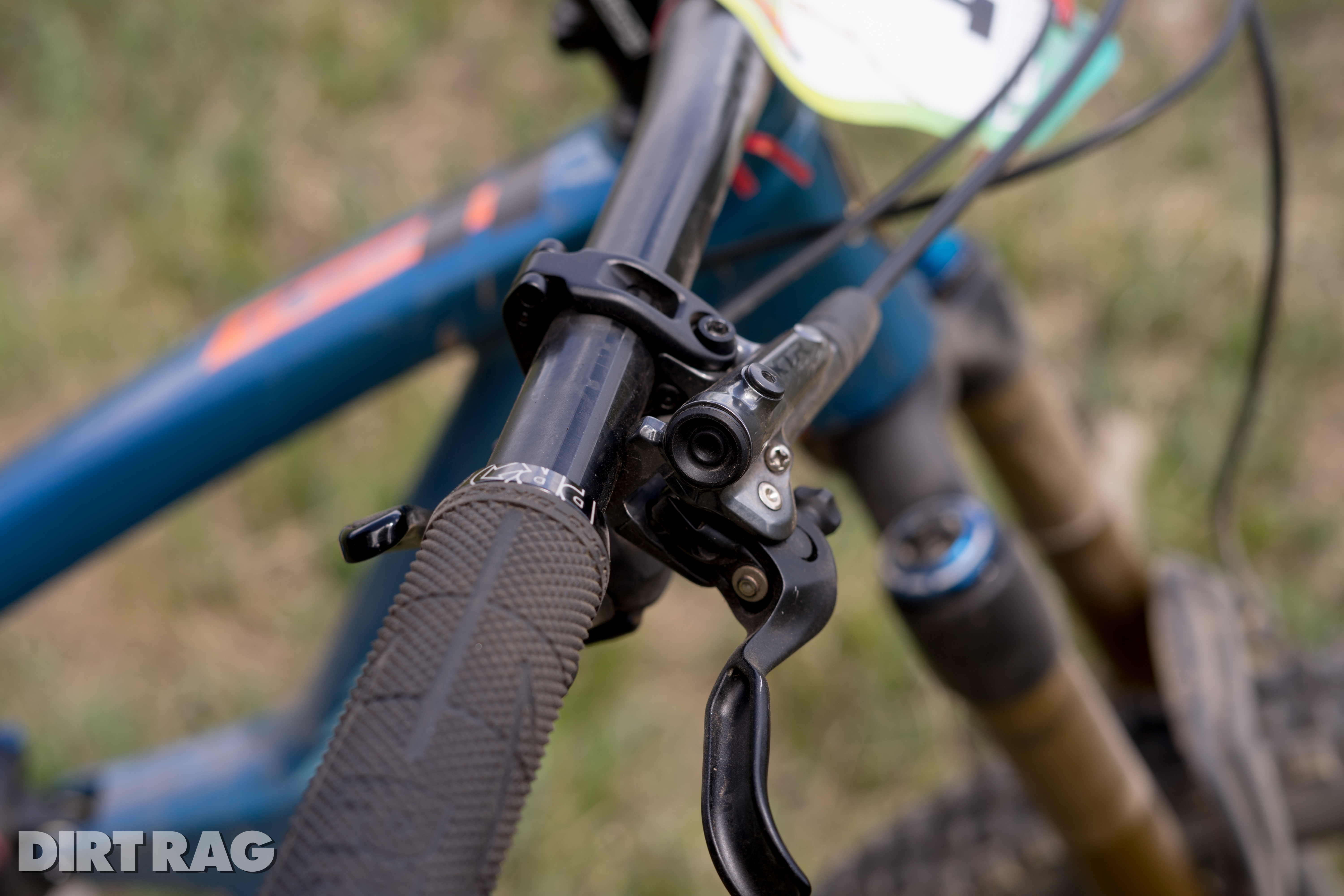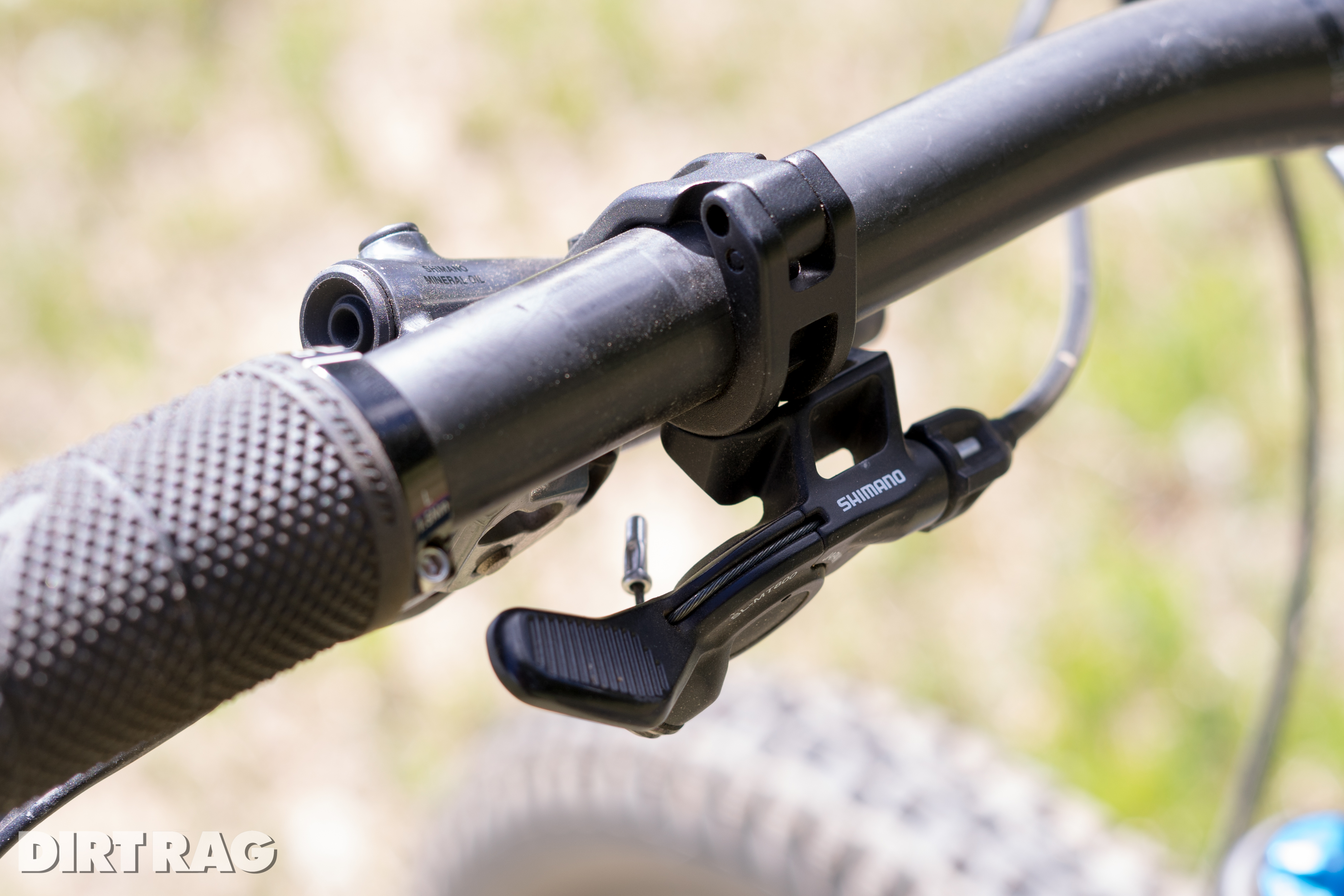First Rides – XTR M9100 12-speed
Originally posted on August 13, 2018 at 0:01 amA few weeks back, Shimano took me (and other media) to the mountain town of Crested Butte, Colorado for a few days of high-altitude riding on the newly-released, 12-speed XTR M9100.
Unlike the previous two generations, this newest version of XTR looks and feels like a true redesign rather than a few small updatess. Shimano is obviously embracing the 1x drivetrain, finally. And it is about time.
I reviewed the outgoing XTR M9000 group, and that might be the only time I’ve ridden an XTR-equipped bike in the last year. SRAM almost has a stranglehold on the high-end mountain bike market, and with the release of NX Eagle, looks to take even more of the market from Shimano.
But this isn’t really about Shimano’s position in the market. This is about riding bikes in the woods, particularly bikes with M9100 XTR parts.
In order, here are some important highlights of my time on the new group. You want more tech stuff, check out this earlier post.
1- Scylence is golden
Yes, I mean it. The silent engagement of this hub is the best part of the new group. I predict that in three years every major hub maker will have a silent or near silent hub on the market. Going back to riding racket-making hubs wasn’t fun for me.
The only downside? That racket can help inform other trail users of your presence. Maybe this is a chance for a Shimano x Spur Cycle Colab.
2- Brakes
When I first wrote about the new brakes, the press release did not make it clear why Shimano moved the clamp on the brake lever to the middle. But in person, it is easy to see there is a tab that touches the bar where the clamp used to be. This creates a second point of contact and prevents the visibly noticeable flex of the previous brake lever.
There are new XC brakes (which I did not ride) and new trail brakes (or now enduro brakes, according to Shimano) with four pistons and Saint brake pad compatibility, although the finned XTR pads are different than the finned Saint pads, at least visually.

Shimano claims these new brakes are as powerful as Saint with more modulation. This makes sense to me, as enduro racers are more apt to encounter unfamiliar terrain and need the added control more modulation can provide, versus DH racing, where braking points are studied and practiced.
Over the course of three days including some big descents, I only managed to notice some fade/pump once, which a long (over 10 minute) descent during the first day of the BME Crested Butte Enduro. The rest of the time, these brakes felt great. The inconsistent bite point on previous brakes seems to be gone, and the increased power was noticeable. In fact, these brakes were about perfect, IMO. Huge power, but totally controllable. They better be good, because they are $650 a pair and you still have to buy rotors.
3- That Cassette
Shimano bit the bullet and developed a new cassette body to allow for a 10-tooth cog. Paired up with a 51-tooth large cog, Shimano is suddenly at the top of the range game. I did ask why Shimano used 51 teeth, which just so happens to be one tooth larger than Sram’s 50-tooth Eagle cassettes. Shimano explained it worked out well for the gear jumps and shifting range, but also admitted there was no way this cassette would have ended up with less range than Sram.
Yes, there is an 11-speed 10-45 cassette as well, and a 11-45 12 speed for the 2x option. My guess is 90% of consumers will not care about anything but the 10-51. Some fit enduro humans or XC whippets like the idea of the 10-45 11-speed cassette, as it has enough range, and allows for a shorter cage on the derailleur and fewer chain links to manage. But considering how many enduro races have been won just fine on SRAM’s 10-50 Eagle drivetrains, I have to wonder if this stuff really matters. The “R” in XTR does stand for racing, so I do appreciate that Shimano is catering to the racer types.
4 -Dropper remote lever
This seems like a simple thing, but there are a lot of bad ones on the market. This little guy is simple and functional and ergonomic. It paired well with the Fox droppers on these bikes. I would rank it up there with the Wolftooth remote, and that is high praise. The remote clamps the cable, and matches the feel of the right shifter nicely. Now, when is that XTR dropper hitting the market?
5- Derailleur, shifter, shifting
The derailleur isn’t really anything new but it retains Shimano’s excellent low-profile and light-action shifting. With rear ends on modern bikes getting wider and wider, keeping that derailleur tucked in does a long way toward preventing unwanted smashing.
The shifter feels great, and the trigger now has a two-step feel, the first downshift is relatively easy, the second takes a bit more oomph to click. Overall, the Shimano system felt more refined than Sram’s offerings, with less noise and random popping.
6 -Crank and bottom bracket
The crank has moved to a spiderless design and the clamp-on crank arm is gone as well. It is replaced with a single bolt design with a lockring for bearing adjustment. This is a lighter system, but I’ve heard more than a few sad comments about the loss of the simple clamp and adjuster system that could be pulled apart on the trail with a 5 mm hex and a properly-sized rock. 
The finish in person is much brighter, and most of the rough looking bits here are just dust, but some of the finish was wearing off after two rounds of media camp action and a half day of enduro racing. Personally, I think Shimano cranks look better with some shiny wear marks, but some might wish for a more durable finish. Personally, I think the new cranks look swank, as they should for $419.
Conclusions
This is a very, very good collection of mountain bike parts. While it isn’t going to suddenly pull massive amounts of market share back for Shimano, it is good news that SRAM has some real competition at the high-end again. I might debate you to no end about the many issues we are seeing in late capitalism, but there is no argument that competition makes for better products.
Unlike the previous generation XTR, the Di2 group was nowhere to be seen. I asked a few Shimano people and get a few different answers, but the impression I got was an updated XT-level group was a higher priority than an electric shifting version of XTR. I also suspect the next-generation Di2 will be wireless, but that is admittedly total speculation on my part.
Shimano feels like it has some momentum again, and if this continues to trickle down the line we’ll have a real fight on our hands between Sram and Shimano, and this is one global conflict I can completly support.








